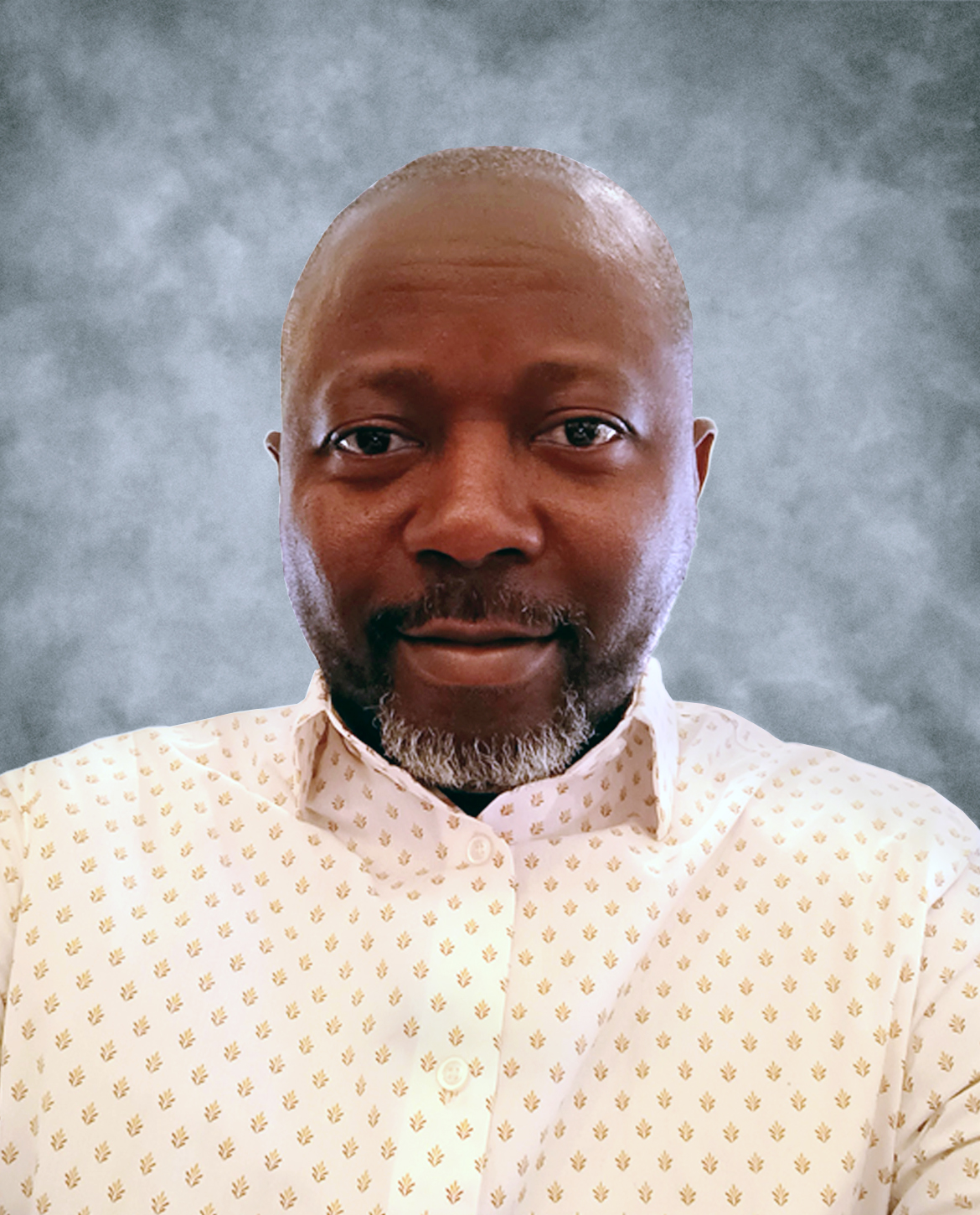When Stillness Speaks Louder Than Productivity
- Olugbenga Akhuemonkhan

- 3 days ago
- 3 min read
A Christian Response to Burnout Culture
The morning started at 5:00 a.m. in Woodstock, Georgia. The air was still. Headlights cut thin gold lines through a waking fog. I rolled up the window, sipped my coffee, and asked the miles: What am I really driving toward?
For two-and-a-half years, I made that drive from my house in Woodstock to the IRS office in Chamblee. At first, I believed I was making progress. But gradually I recognized something else: I was showing up—not because I believed in the mission—but because I feared what would happen if I stopped. That kind of exhaustion? No sleep could fix it.
Why This Matters
According to the latest studies, even as traditional religious labels stabilize, younger generations still struggle with meaning, alignment and purpose. For example:
A Barna survey shows that belief in Jesus — especially among young adults under 40 — is rising again. Barna Group
Yet, Pew Research finds that only 44% of adults pray daily and about 33% attend religious services monthly. Pew Research Center
Another study shows that many young adults feel faith is disconnected from their everyday life: culture, work, city, noise. First United Methodist Church Stamford+1
In other words: faith is still present, but the alignment between life, purpose and belief is often missing.
Flight Isn’t Freedom
When people asked why I left that “stable” job, I often said, “I was tired.” But tiredness wasn’t the truth. The truth was quieter and heavier. The work no longer aligned with who I was becoming.
It didn’t ask for my creativity, my ideas, or my deeper sense of contribution. It asked only for my presence and coerced silence.
There’s a kind of exhaustion that sleep can’t fix—like the fatigue that comes from betraying your own rhythm. Each morning, I showed up, not because I believed in the mission, but because I was afraid of what would happen if I stopped. That’s not duty; it is captivity disguised as stability.
And here’s what I learned, not from books, but from repetition: I left thinking distance would fix what dissatisfaction had built. But after a few weeks, the silence I’d hoped for became louder than the noise I’d escaped. The same fatigue met me in a new place, on a different desk, a different screen.
That was the turning point. Because escape is not freedom*—*until it leads to alignment. What we’re running from often becomes what we’re running toward.
Aligning Motion with Meaning
Your mind receives an ocean of data every second. But it only consciously filters a handful of bits. That filter—your Reticular Activating System (RAS)—decides what you see, what you value, what you move toward. What you fix your focus on becomes the world you live in.
In life and faith, we often chase recognition: achievements, titles, applause, the next “big thing.” But neuroscience shows us something deeper: what we rehearse becomes our reality. If we feed fear, we’ll feel fear. If we feed purpose, we’ll sense purpose. Faith, stillness, purpose: these aren’t separate. They merge when alignment begins. And stillness is not absence—it is movement aligned.
A Simple Flow Practice (Try it this week)
Choose one hour this week. Turn off noise.
Sit quietly with a notebook, ask:
What have I been running from?
What am I really moving toward?
Where can I pause—just once—and listen?
Write whatever surfaces. Don’t judge it. Let grace meet you in the quiet.
Because alignment often begins not with grand leaps—but with small, consistent steps into the stillness.
I wrote Vector Paths Flow to be a guide, not a formula. Grounded in faith, illuminated by science, practiced through stillness. It is for anyone who’s ever felt stuck between motion and meaning; for those who sense God is still speaking in the noise.
🕊 Stop Escaping. Start Living. Move in Alignment.
— Olugbenga “Benga” Akhuemonkhan
Vector Paths Flow
Comments